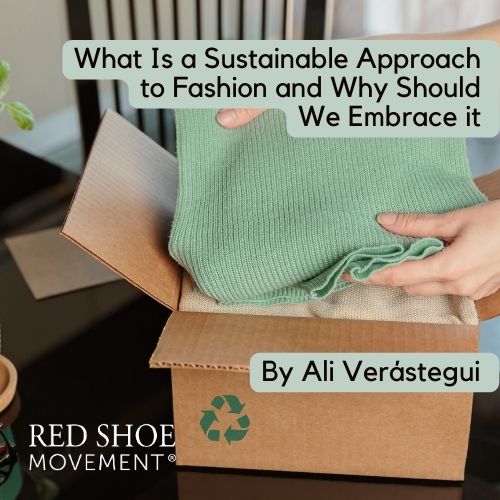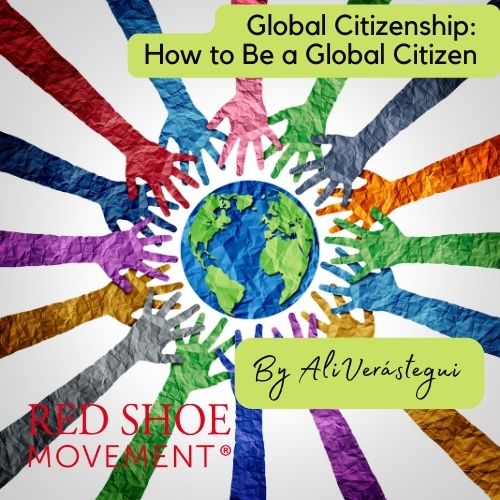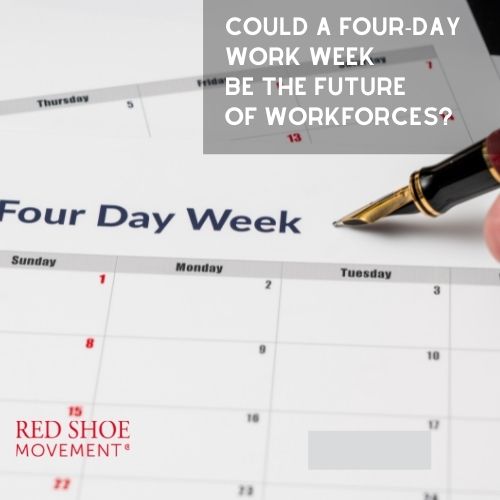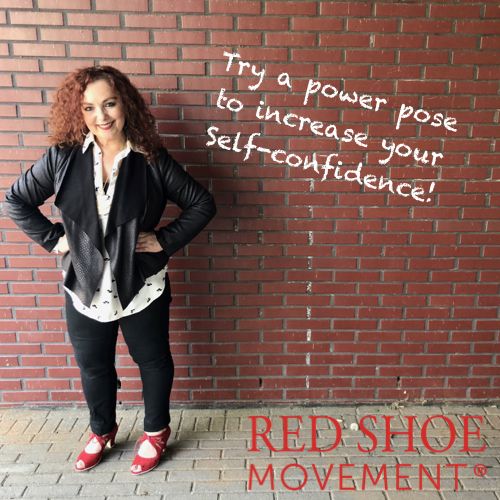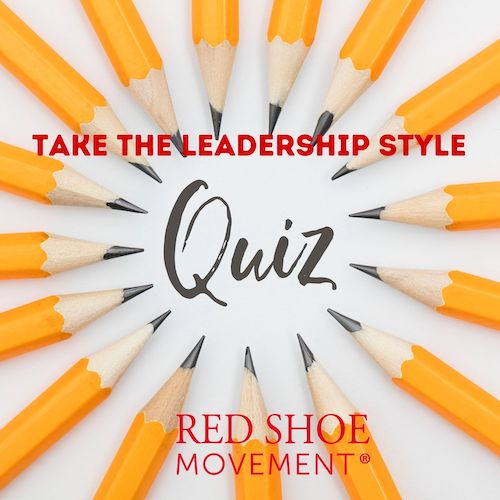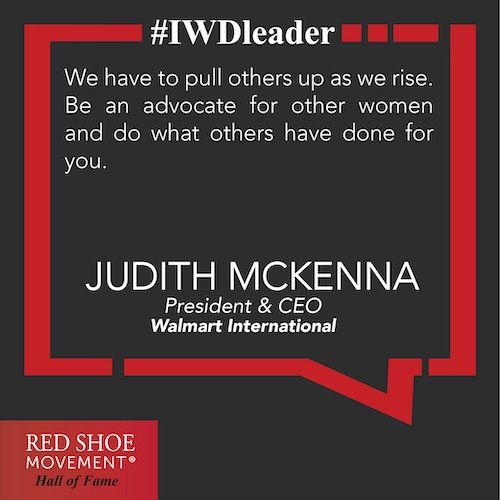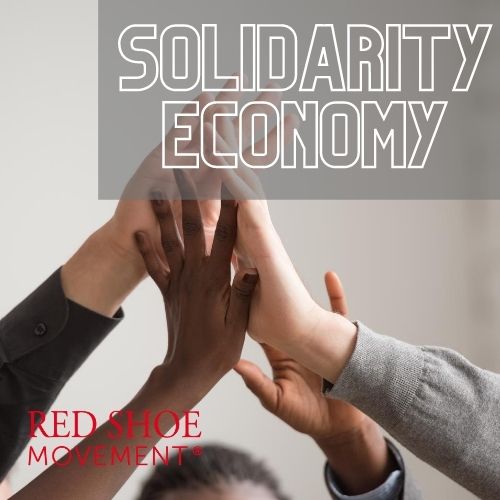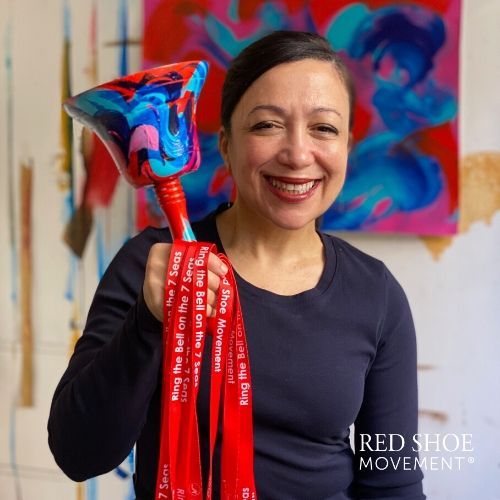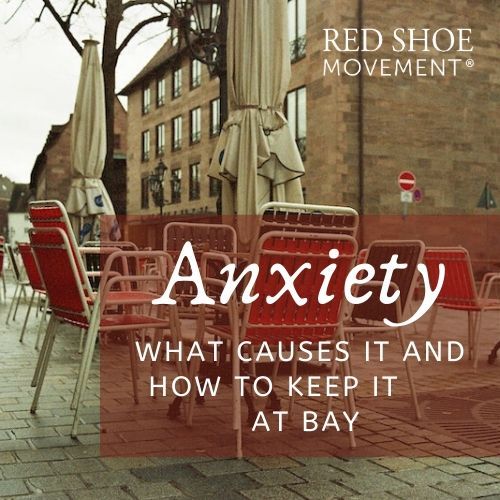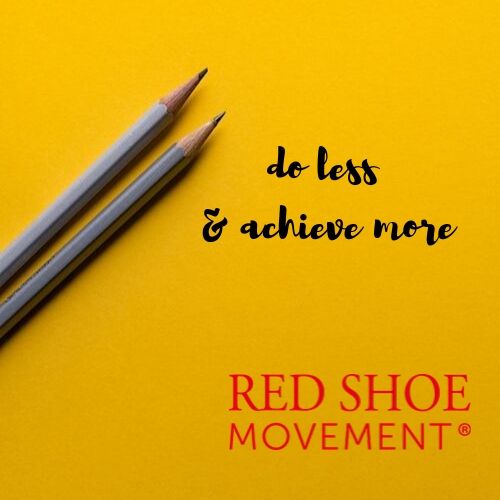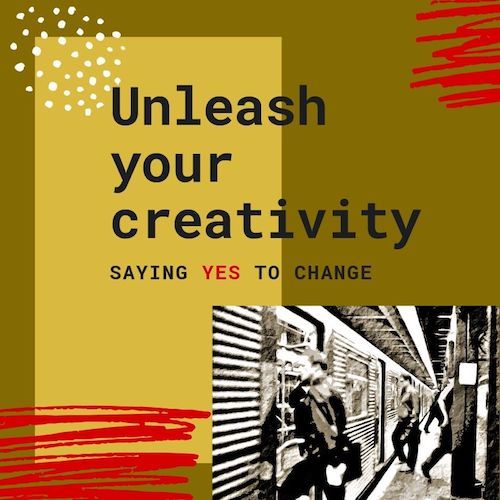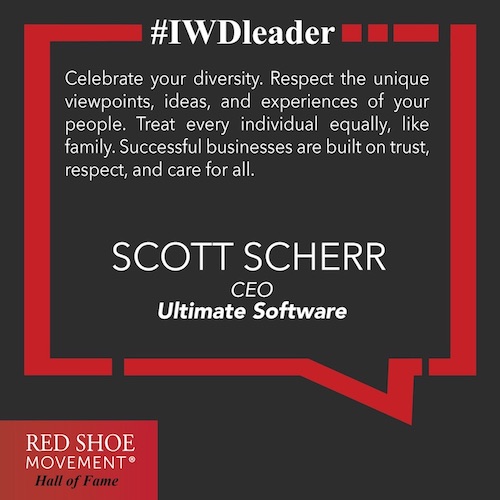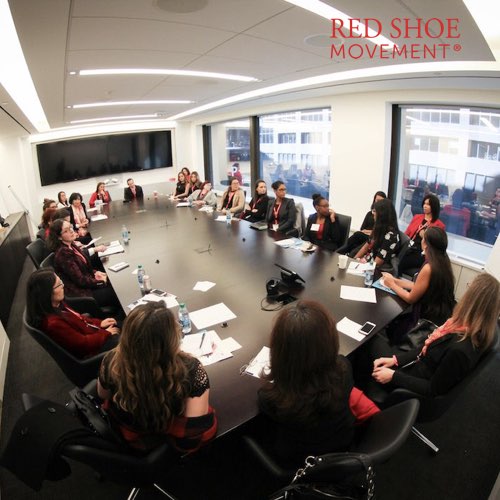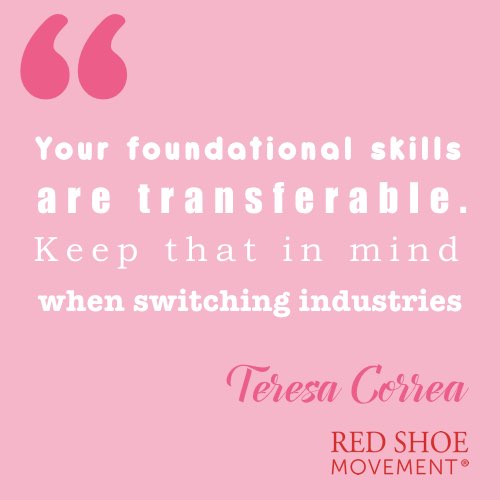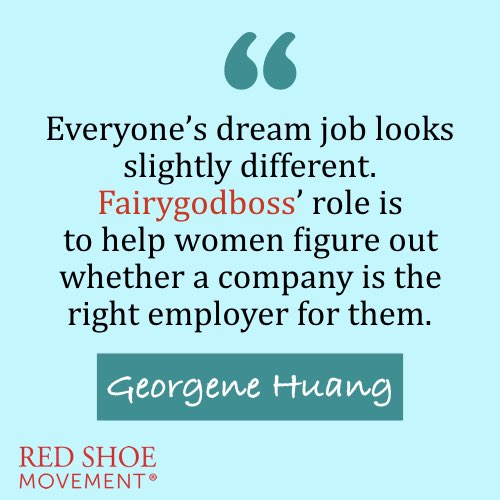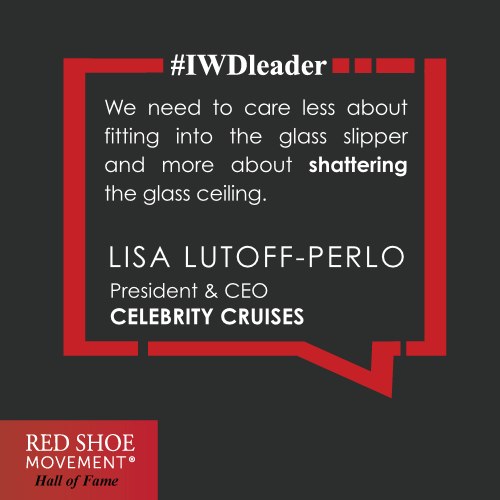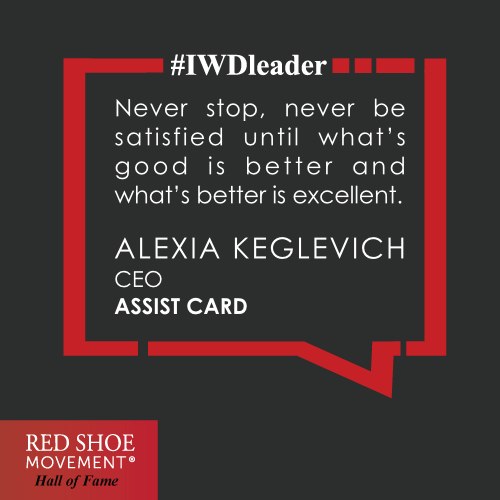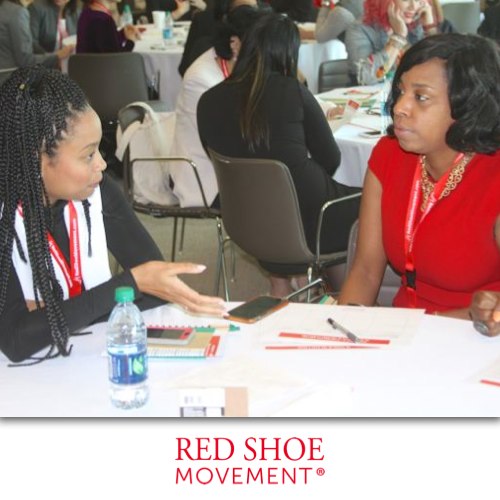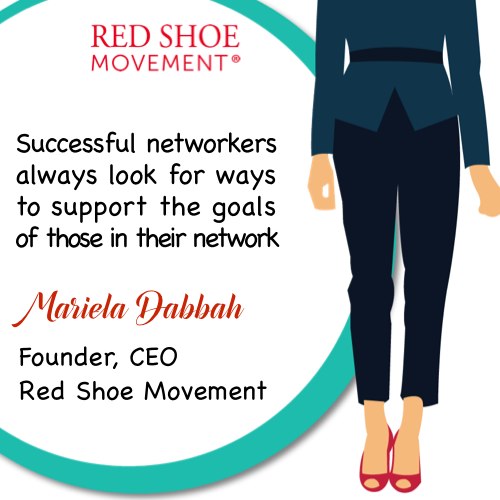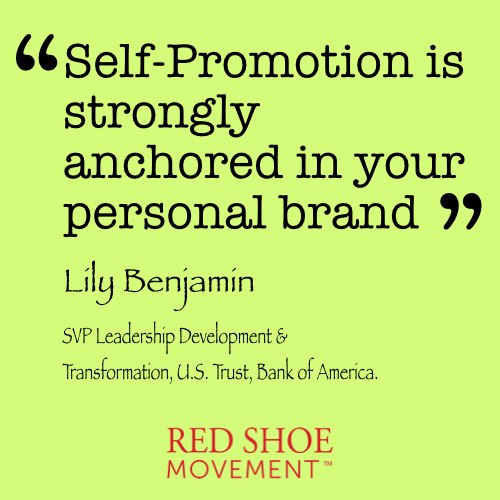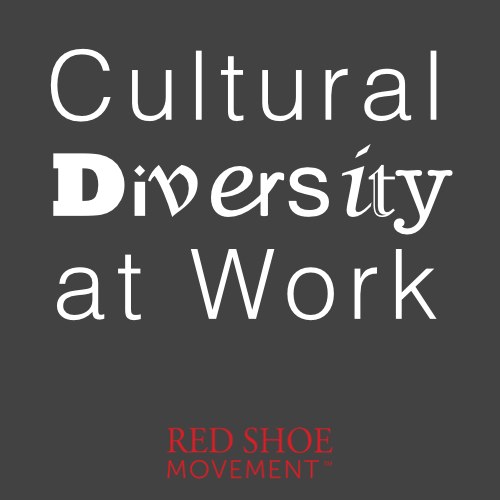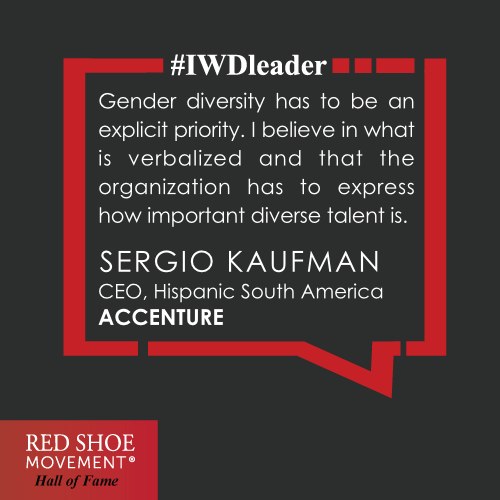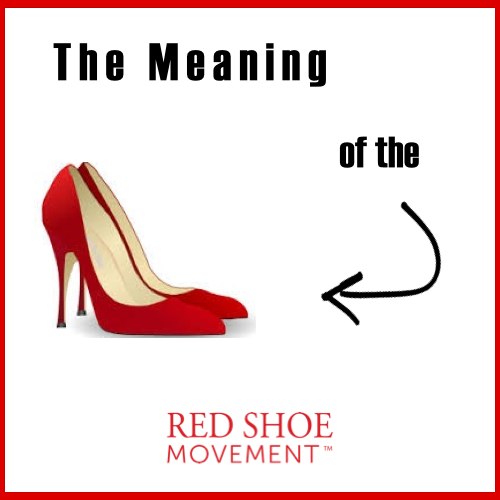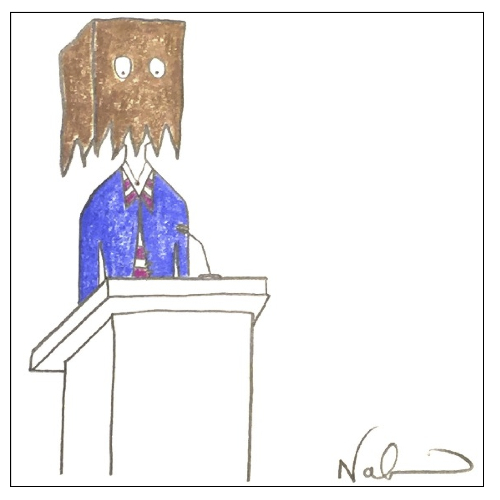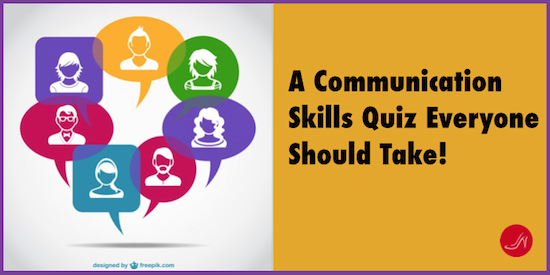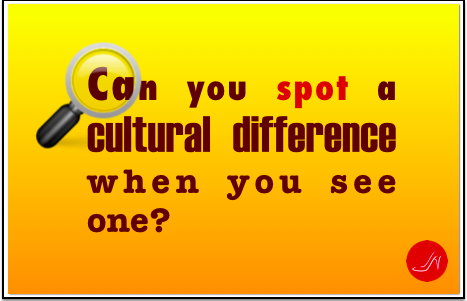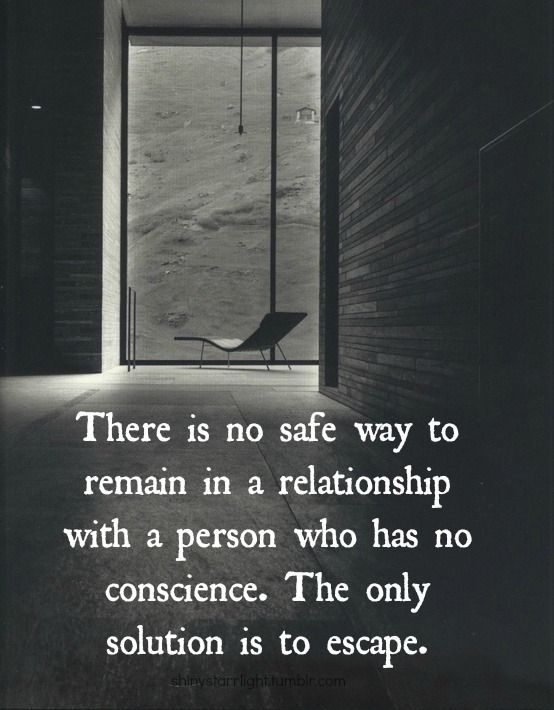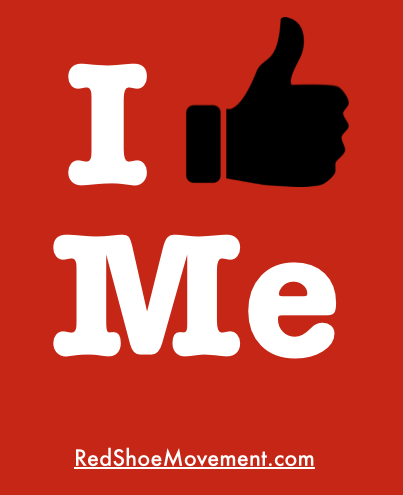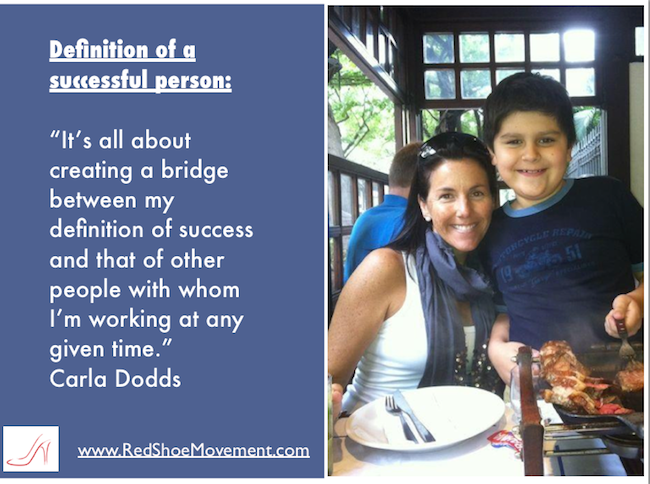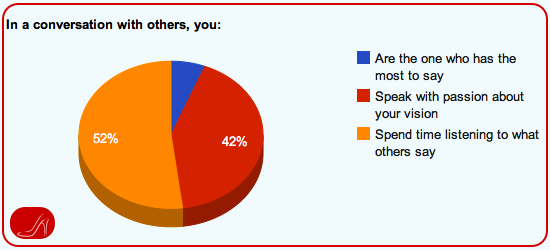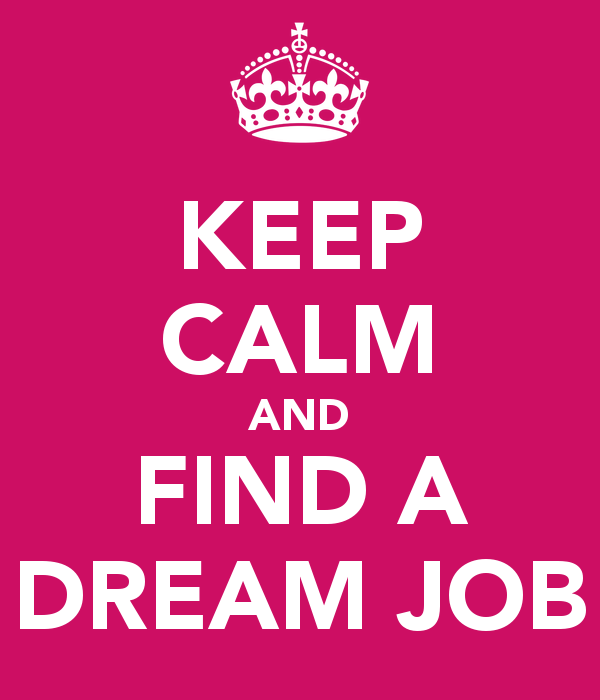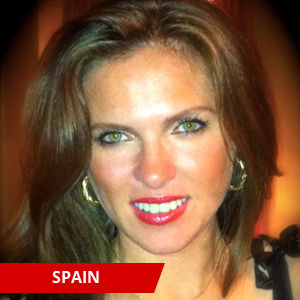A commonly asked question, what is cultural diversity, must be answered once and for all to enlighten leaders about the meaning of diversity in the workplace.
In a global, interconnected economy it’s surprising to hear how many employers still ask, “What is cultural diversity?” as if they had never given much thought to the meaning of diversity.
Forward thinking corporations have been making diversity and inclusion one of their top strategic priorities for decades. They know it’s not about doing the right thing but about taking a smart course of action if they wish to remain leaders in an increasingly multicultural marketplace. Yet the answer to what is cultural diversity continues to elude many.
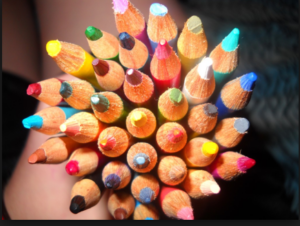
Wikipedia’s definition of what is cultural diversity
“Cultural diversity is the quality of diverse or different cultures, as opposed to monoculture, as in the global monoculture, or a homogenization of cultures, akin to cultural decay. The phrase cultural diversity can also refer to having different cultures respect each other’s differences. The phrase “cultural diversity” is also sometimes used to mean the variety of human societies or cultures in a specific region, or in the world as a whole.” Wikipedia.
Come again? Let me simplify it. At a basic level the answer to “what is cultural diversity?” is the variety of the makeup of a group or organization.
The meaning of diversity
We believe that as part of trying to answer what is cultural diversity, one should look at the meaning of “diversity.” The word “diversity” has replaced “minority” and it’s often used interchangeably with “multicultural” when referring to people of different race, ethnicity, gender, or sexual orientation. When you look at the wider interpretation of the word, “diversity” also refers to different types of thinking, world views, ways to look at a problem and find solutions, skill set, education, geographic upbringing, religion, and so on. When companies embrace diversity, they tap into a much larger pool of experiences from which to draw insights. These are the insights companies use to develop innovative products and services. It’s a proven competitive advantage.
Recommended Reading: Solutions to Promote Gender Equality in the Workplace
The meaning of diversity and inclusion
As renowned Diversity and Inclusion leader, author and speaker Andres Tapia says in his book The Inclusion Paradox (Diversity Best Practices, 2013) “Diversity is the mix. Inclusion is making the mix work.” In other words, if diversity in the workplace is having a good representation of people with a variety of thoughts, skills, world views, and experiences, inclusion is making sure people are appreciated for what they bring to the table and their differences are perceived as an advantage.

Diversity without inclusion is worthless. You may have the most diverse workforce but lack the policies to make everyone feel included or lack the paths for all employees to grow to the highest levels of the organization. As a recent Catalyst study shows, employees who feel like an “other” within an organization tend to downsize their aspirations. This is not only a missed opportunity, but also a costly mistake for corporations looking to retain and promote good talent.
What is “cultural diversity” in the context of the workplace?
The question of what is cultural diversity in the context of the workplace allows us to explore the range of potential cultures and subcultures with which individuals identify. It invites a deeper exploration of what constitutes culture. For example, the school or college employees graduated from, their religious and professional affiliations, the branch of the military they served in, etc. (Culture is defined as the beliefs, customs, arts, etc. of a particular society, group, place or time.) These subcultures can influence an individual’s worldview as much or more than the national culture of the person’s country of origin and must be taken into consideration when you’re intentionally trying to diversify your workforce.
For instance, in a law firm where 95% of the partners are Ivy League graduates it’s easy to see how the lack of diversity could lead to groupthink, a phenomenon that occurs within homogenous groups of people in which the desire for harmony results in dysfunctional decision-making outcomes. It would also be easy to see that the associates who received their education in “lesser” schools are likely to feel there’s a slim chance they’ll make partner. This realization will make them feel disengaged with their work, which will in turn affect their performance.

Illustration credit: nscad.ca
As you keep digging deeper to answer the question of what is cultural diversity you start to realize that it’s much more than the obvious classifications of ethnicity, race, or nationality. It’s about the many layers of influence in a person’s life that contribute to their thinking, beliefs, behavioral and emotional patterns. So if you seek to create a more culturally diverse work environment, it’s critical that you look into these very rich layers of diversity that are often less visible but just as important to having “a good mix and making it work.”
If you are interested in this topic, you will also enjoy reading “Managing a culturally diverse workforce” or the Top Diversity Practices to Hire Culturally Diverse Employees.
Contact us if you wish to promote more diverse talent within your organization.













